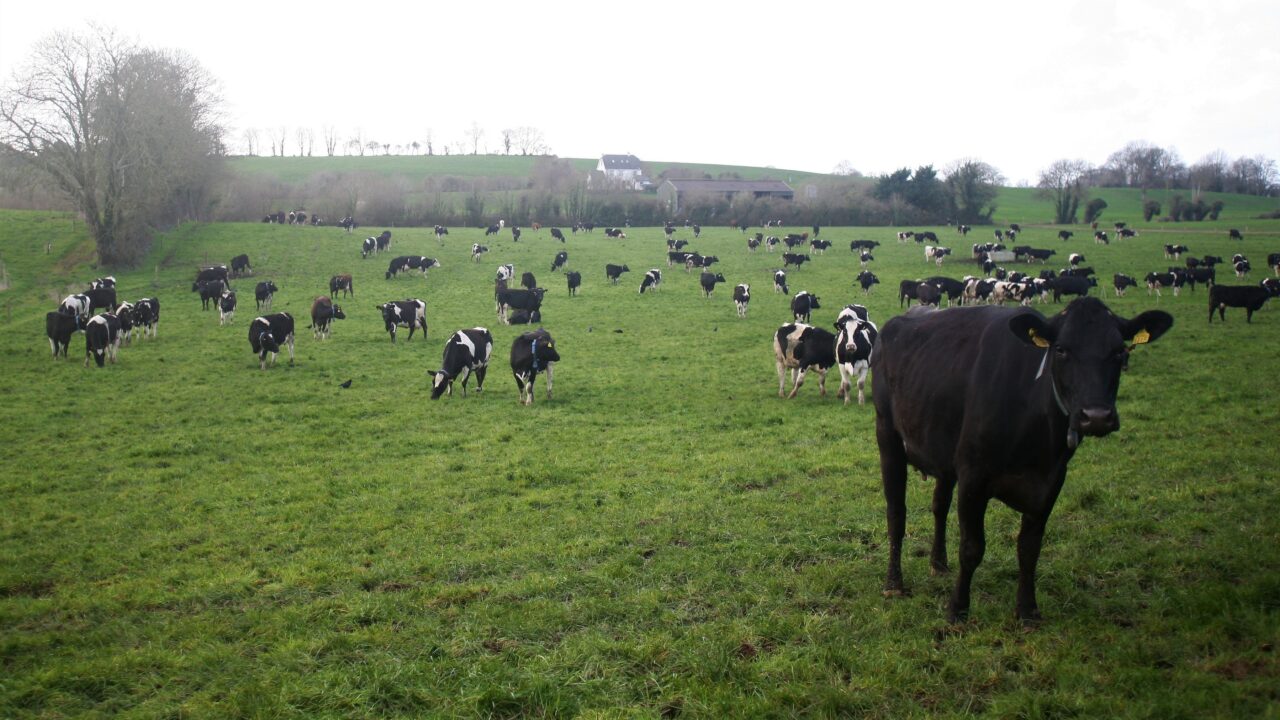For the last number of weeks, grass growth has been slow on the majority of farms, with some farmers continuing to buffer feed cows to maintain production.
The weather has now appeared to have broken, with temperatures returning to more normal levels for the time of year.
The majority of the country will experience, or has experienced, rain which was/is badly needed to boost grass growth.
According to PastureBase Ireland for the coming week growth rates are expected to reach 56kg dry matter [DM]/ha in Leinster, 62kg DM/ha in Munster, 64kg DM/ha in Connacht and 65kg DM/ha in Ulster this week.
Growth will be slow to start, meaning some farms will remain under pressure for another number of days/weeks.
In areas where growth remains slow, continue to buffer feed cows until enough grass is built up ahead of them.
Grass measuring
To ensure that you are maximising grass in the cows’ diet, you need to continue completing grass walks every five to seven days on your farm.
Grass measuring is the only way to get an accurate picture of what is happening on your farm.

Second cut
Last week a number of farmers took the opportunity to harvest second-cut silage, which for some means the introduction of silage ground back into the milking platform.
There will also be a number of farmers harvesting third-cut silage to ensure fodder supplies are plentiful for the housed period ahead.
Grass tetany
Tetany can happen at any time of the year, with periods of high growth increasing the risk of tetany occurring.
Tetany often occurs when cows are let out to lush, low-fibre pastures; so it is something to be conscious of over the coming weeks, as growth rates begin to recover.
Severe cases can have an impact on the future production of cows – any disease/disorder that impacts a cows performance should not be overlooked.
